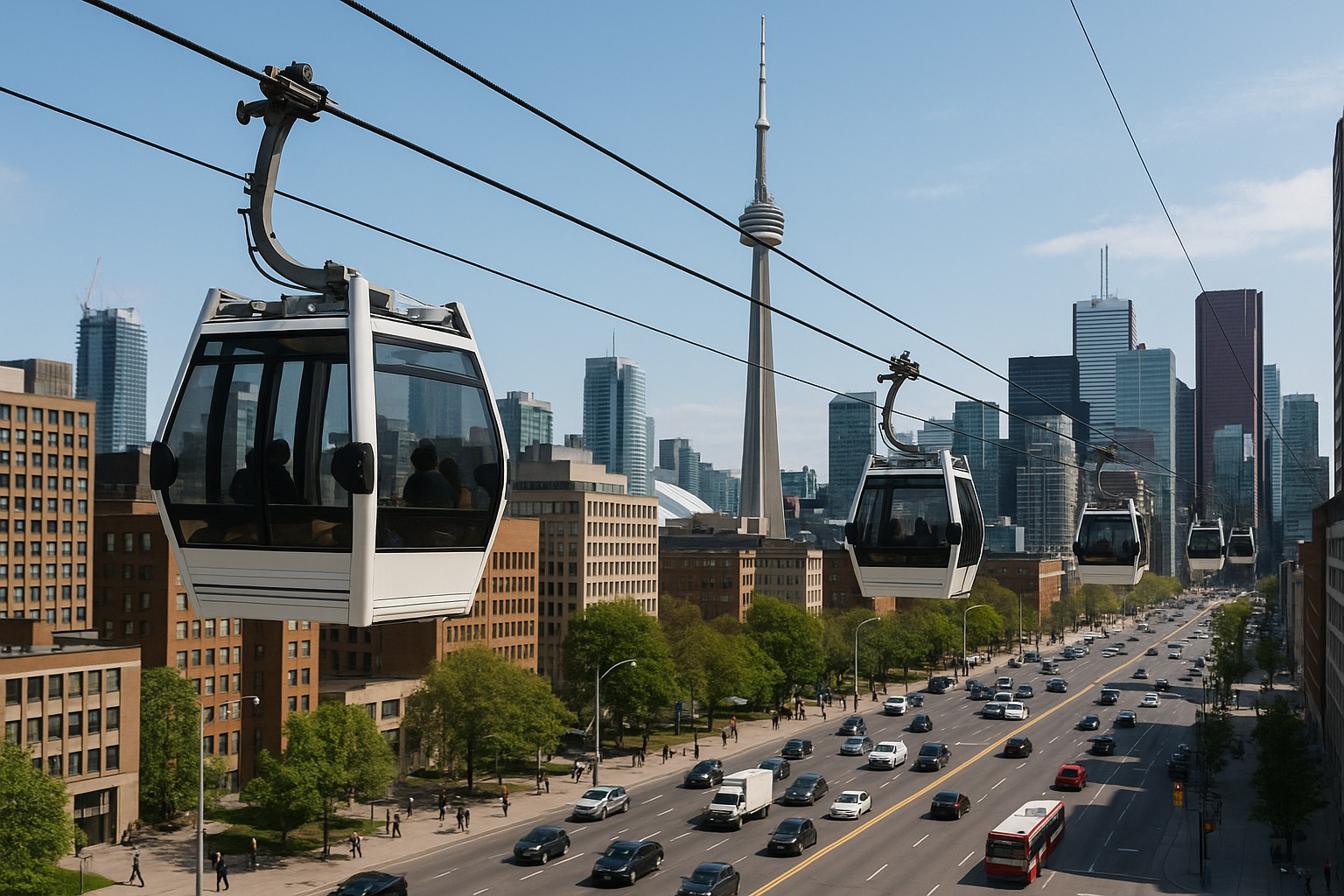Reimagining cable transit for dense cityscapes

Matteo Tancon, project manager at ITS Engineering, spoke to Tanya Martins, online editor at Construction Canada, about adapting an urban cable car system like Genoa, Italy’s, to a North American cityscape.
Adapting an urban cable car system like Genoa’s to a North American city involves several key engineering considerations. First, systems must be designed to withstand extreme climate conditions, including heavy snow, ice formation on cables, and very low temperatures that can impact cable tension, traction mechanisms, and electrical systems. Components need certification for operation in sub-zero temperatures and strong winds. Second, Canada and North America use aerial transport and land safety standards that differ from European norms. For example, CSA Z98, Passenger Ropeways, governs ropeway systems in Canada. Finally, seamless integration with existing transportation networks, such as bus rapid transit, light rail systems, and cycling infrastructure, is essential to ensure intramodality. Stations should be strategically placed near transport hubs, parking facilities, or pedestrian zones to maximize accessibility.
Role of architectural design
Architectural design plays a crucial role both esthetically and functionally. Towers and stations must harmonize with the surrounding architectural context, which is often historical or highly distinctive. In recent projects, such as those in London or Paris, towers have been designed with lightweight forms and materials such as powder-coated steel or Corten steel to minimize visual impact. Some designs incorporate cycle paths or connect to elevated pedestrian walkways. Spatial planning is essential, as stations must fit into already dense infrastructure—poor spatial design can compromise usability and risk project failure.
Construction process
The construction process of an urban cable car system typically begins with excavation and foundation pouring for the towers, often using precast elements to accelerate timelines and reduce impact. Modular tower assemblies are usually in steel, transported in segments, and erected with medium-sized cranes. Stations are built similarly to standard urban buildings, with electromechanical components delivered partially preassembled. Cable installation and tensioning follow, using specialized winches and pulleys. Cables are aligned using laser systems and kept suspended on temporary support. Once installed, cables are spliced, set on rollers, and tensioned. The final step involves static and dynamic testing before the system opens to the public.
Regulatory or engineering adaptations
As ITS explores opportunities in Canada, several regulatory and engineering adaptations are required to align with North American transit norms. These include certification under CSA Z98 for ropeway systems, compliance with local fire safety codes, and the approval of control and emergency systems that meet Canadian standards. Cabin modifications must also meet accessibility requirements, such as those outlined by the Americans with Disabilities Act (ADA) and Canadian disability regulations.
Collaboration is key to this process—ITS engages with local authorities, urban planners, and neighbourhood associations to define routes such as station locations and impacts, involvement of universities and research institutions in environmental and transport feasibility studies, and partnerships with local public transport operators to integrate fare systems and scheduling.
Engineering and material innovations incorporation
To enhance sustainability and energy efficiency, several engineering and material innovations have been integrated into the cable car system design. High-efficiency electric motors with regenerative braking allow for energy recovery during downhill travel, while low-drag haul and support cables help reduce overall energy consumption. Cabins are constructed from lightweight, recyclable composite materials that require minimal maintenance and are highly recyclable. Prefabricated stations often use laminated wood or recycled steel and may include green roofs or integrated photovoltaic (PV) panels. Additionally, real-time energy monitoring systems are used to optimize power usage based on passenger load, ensuring efficient daily operation.




